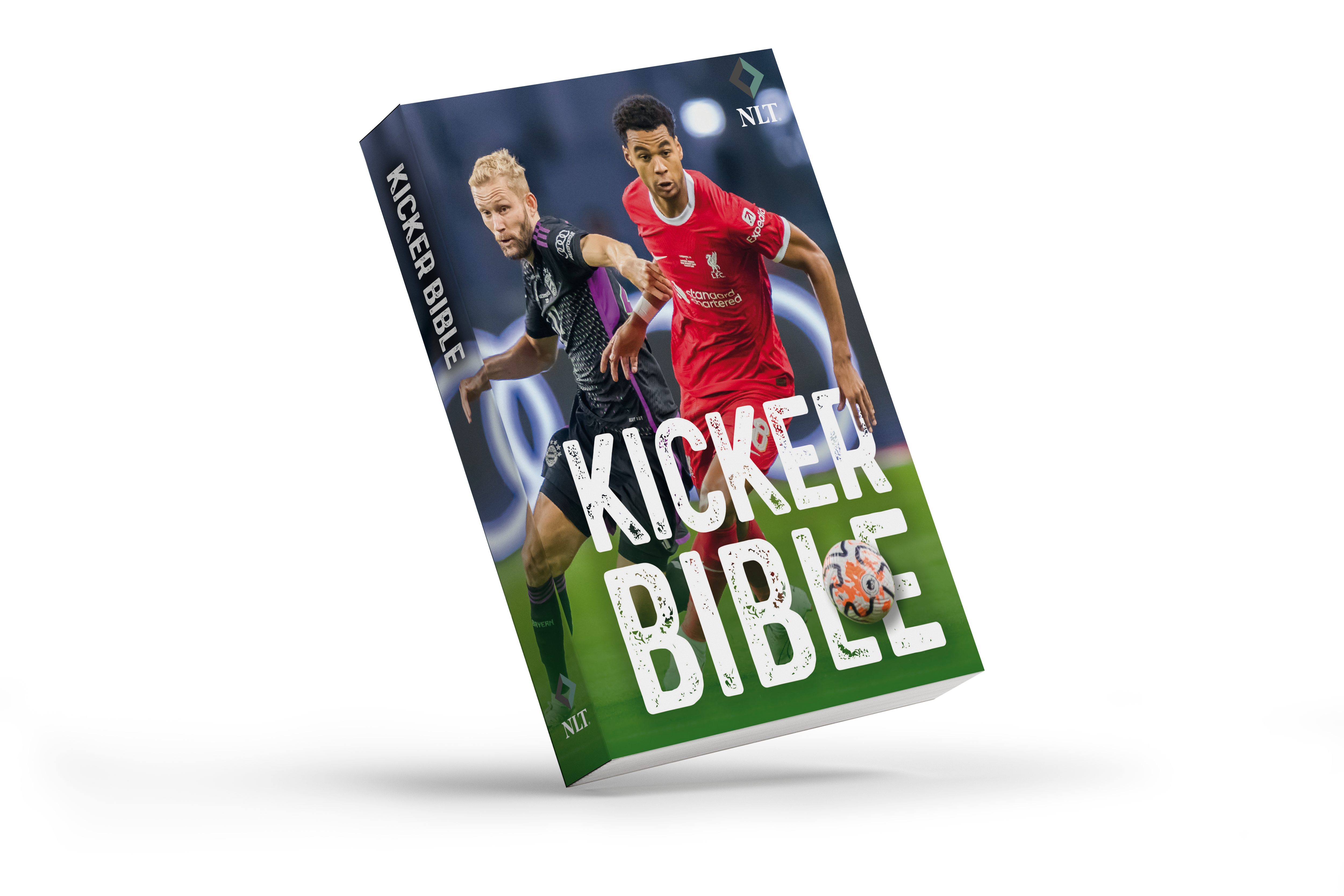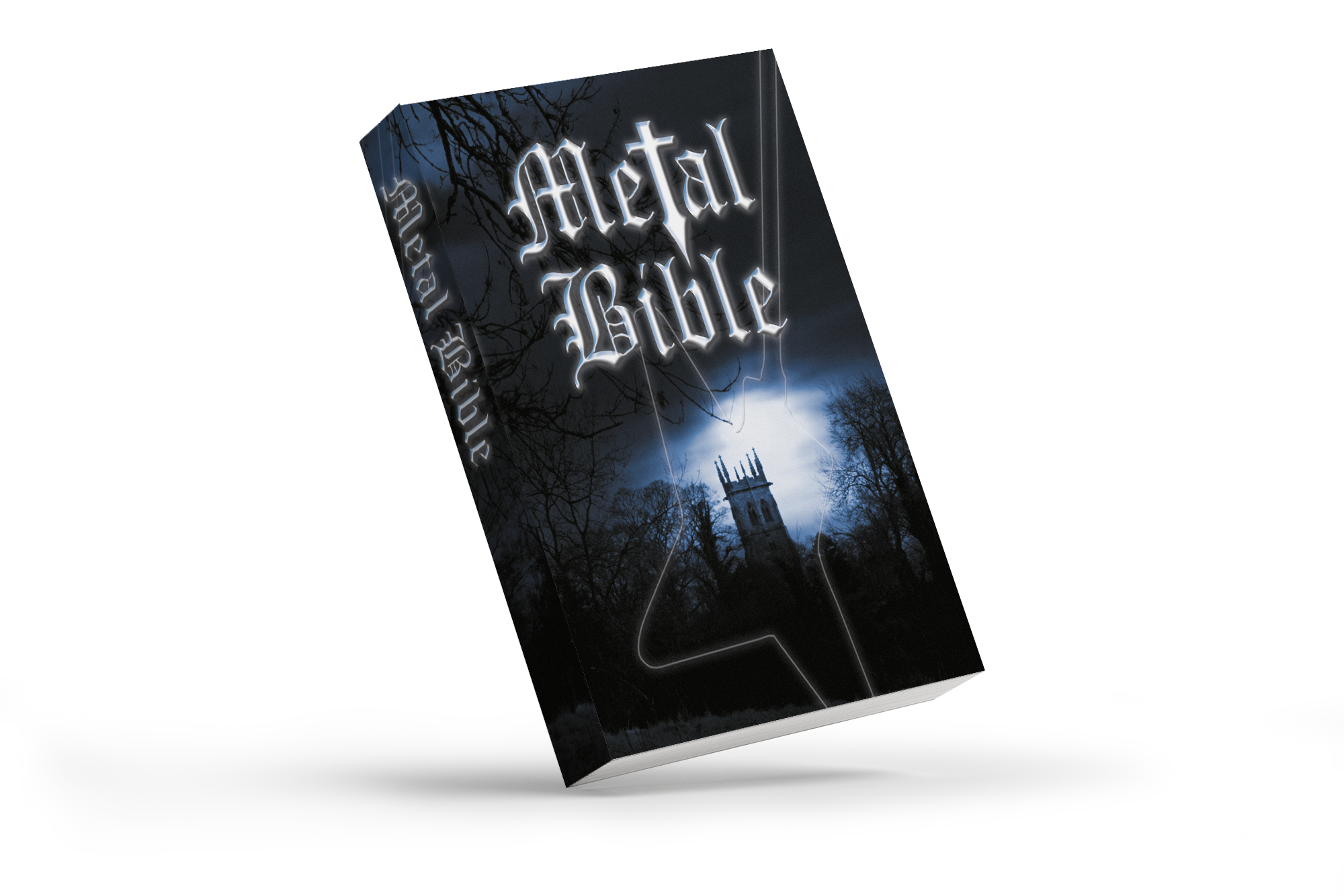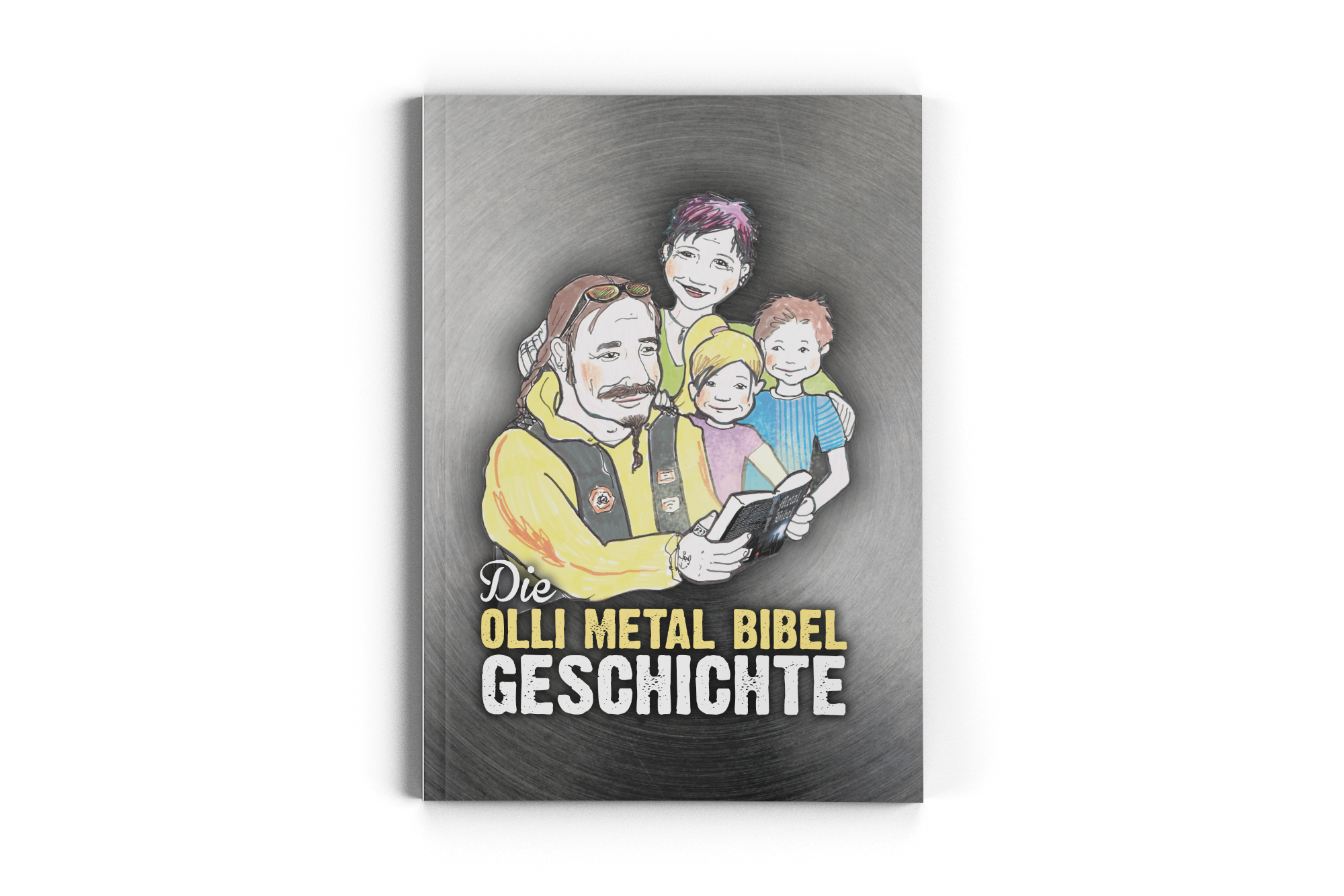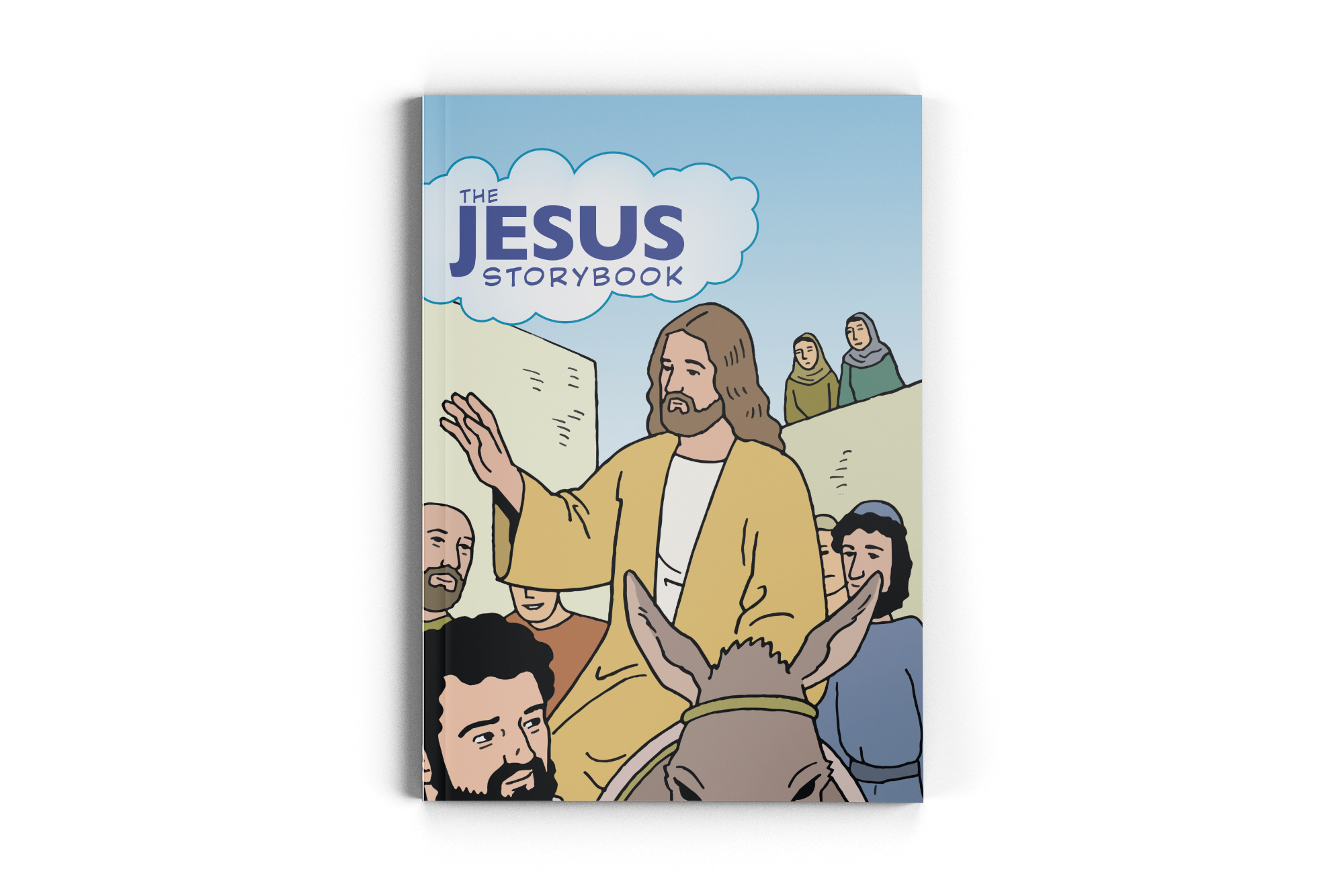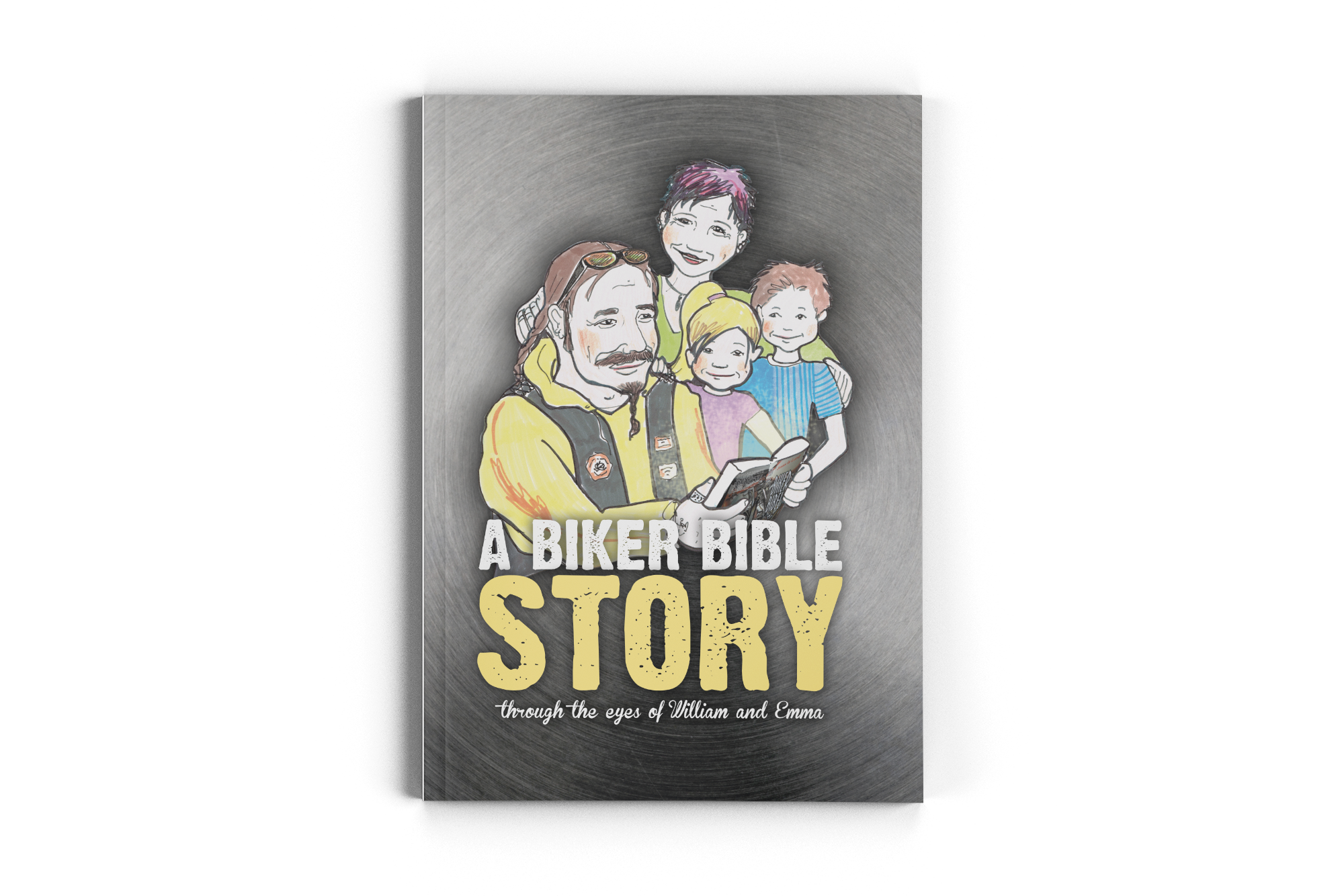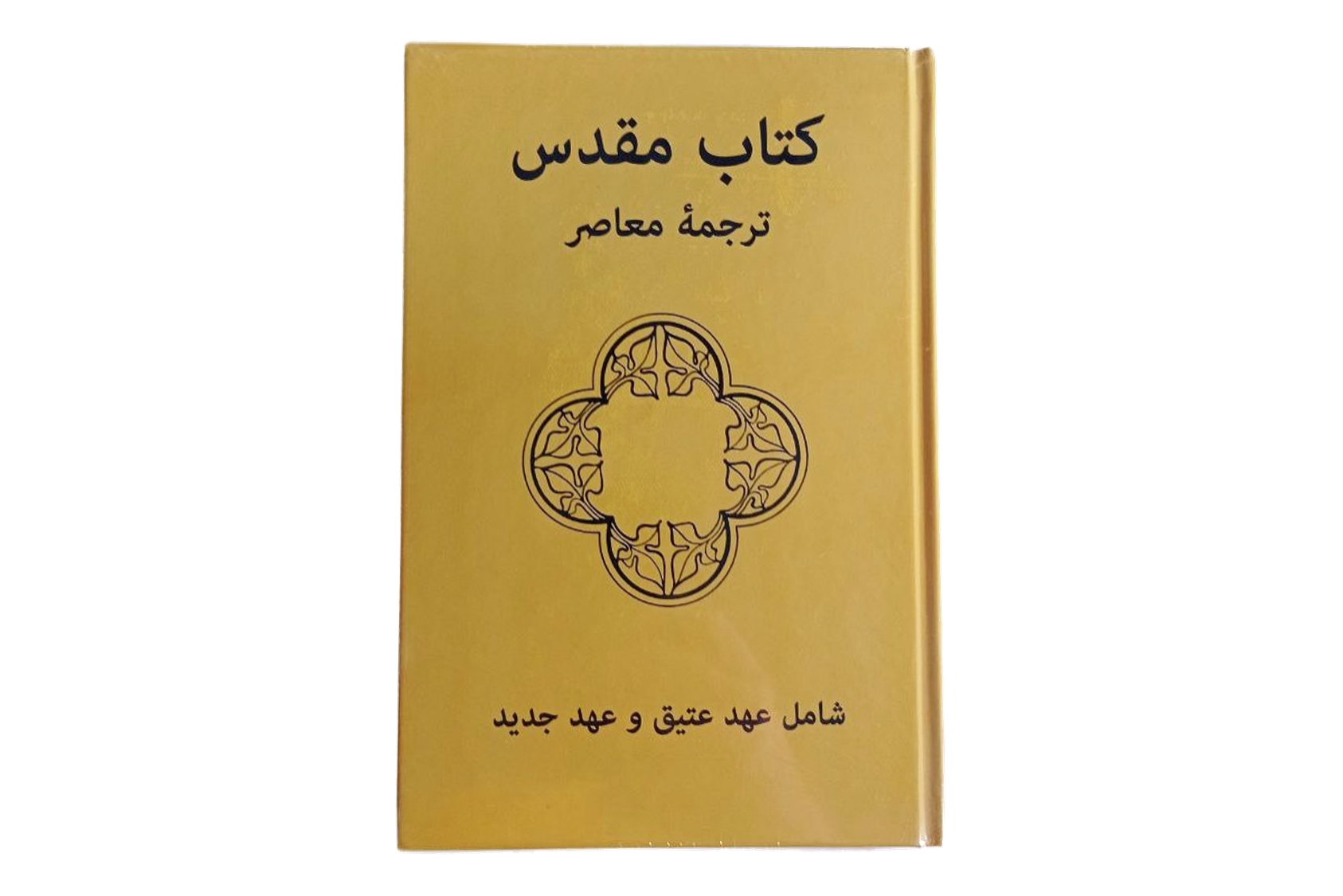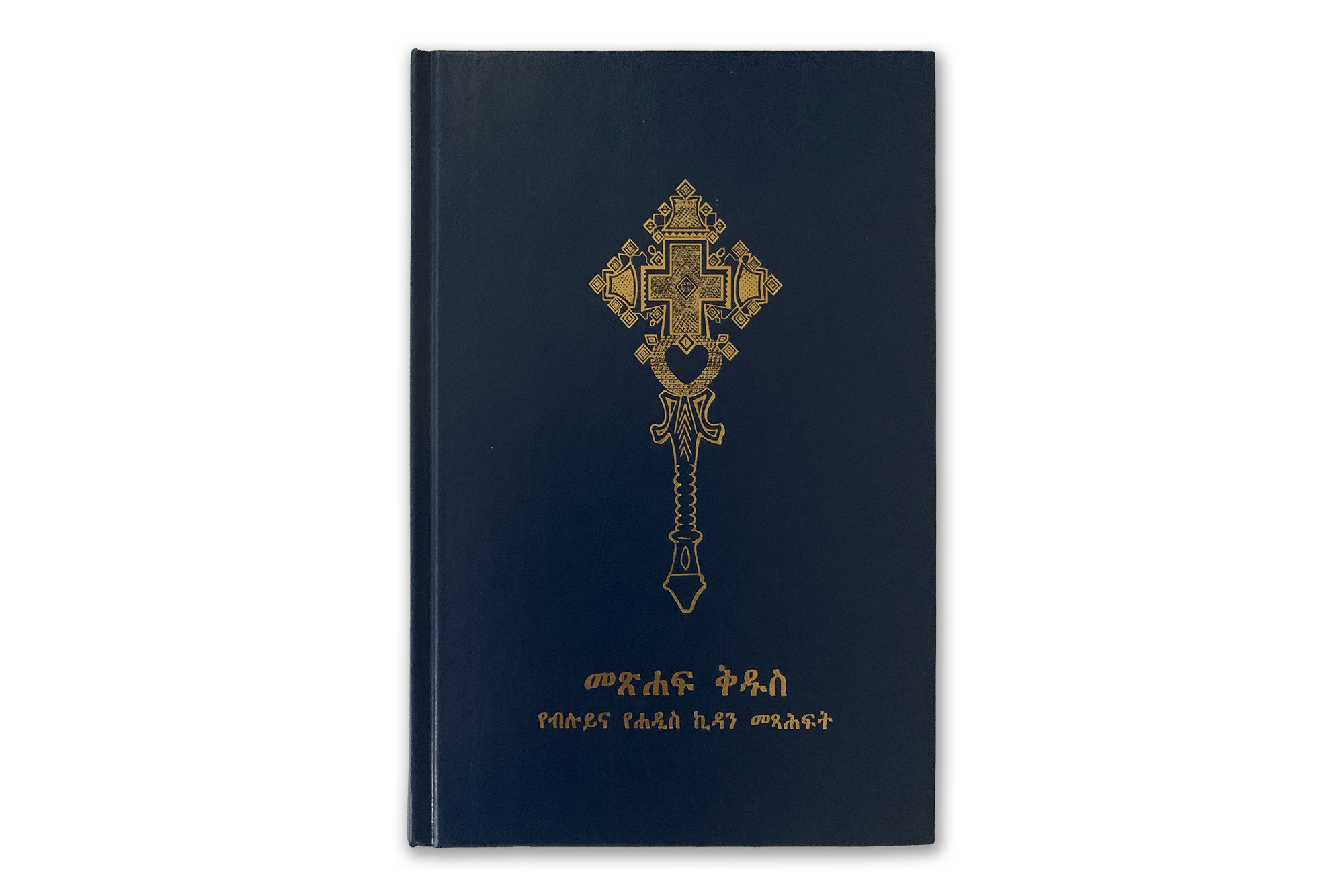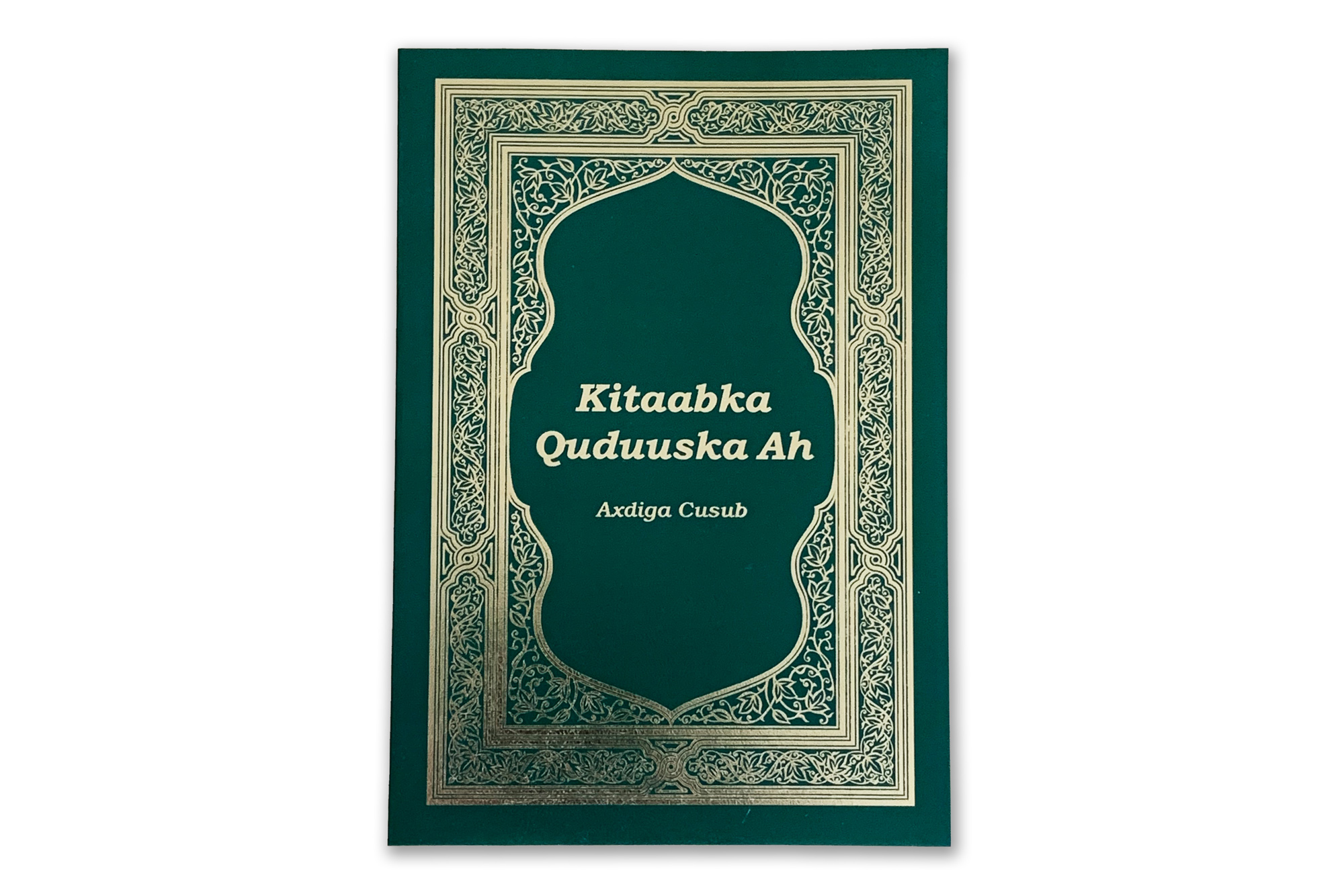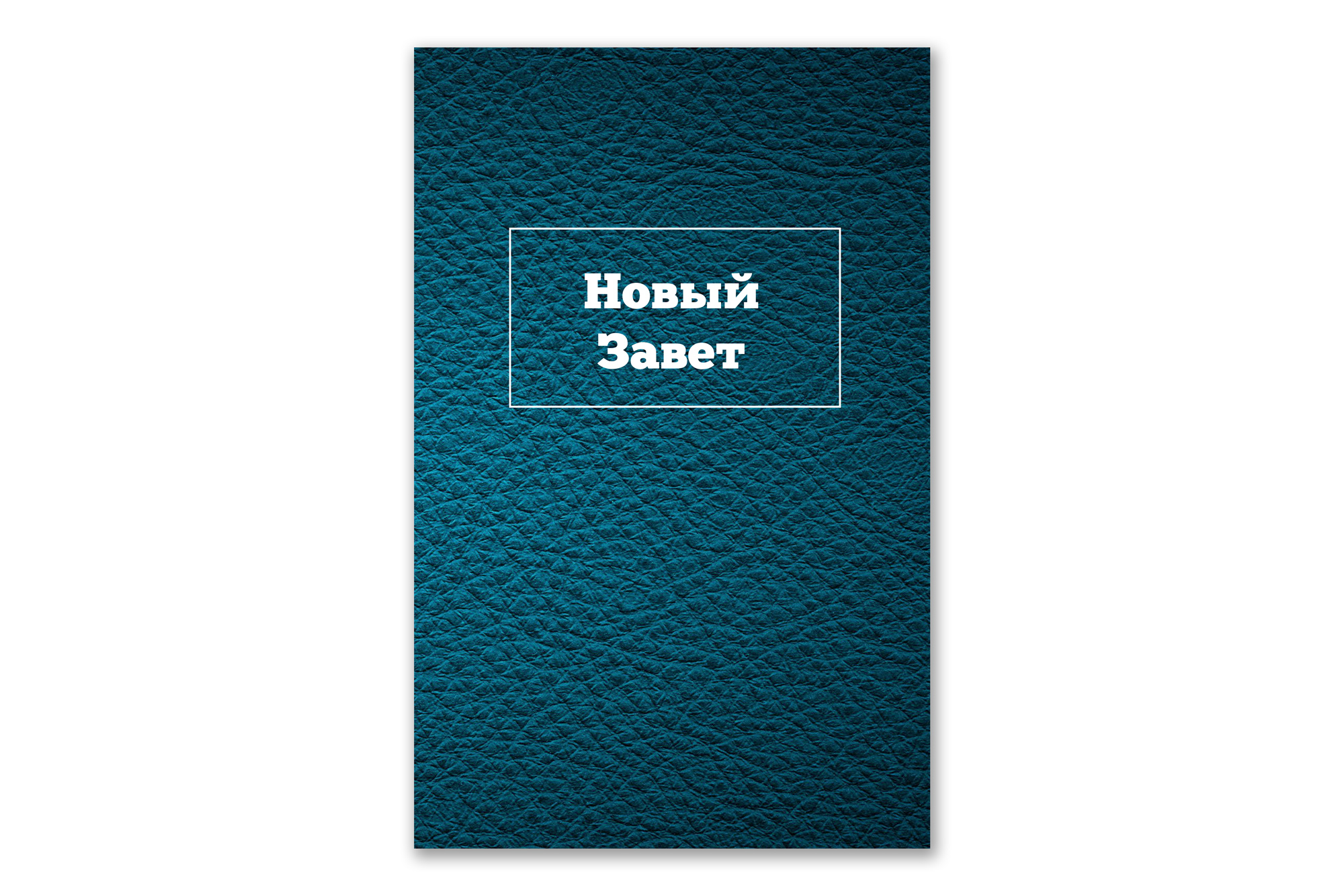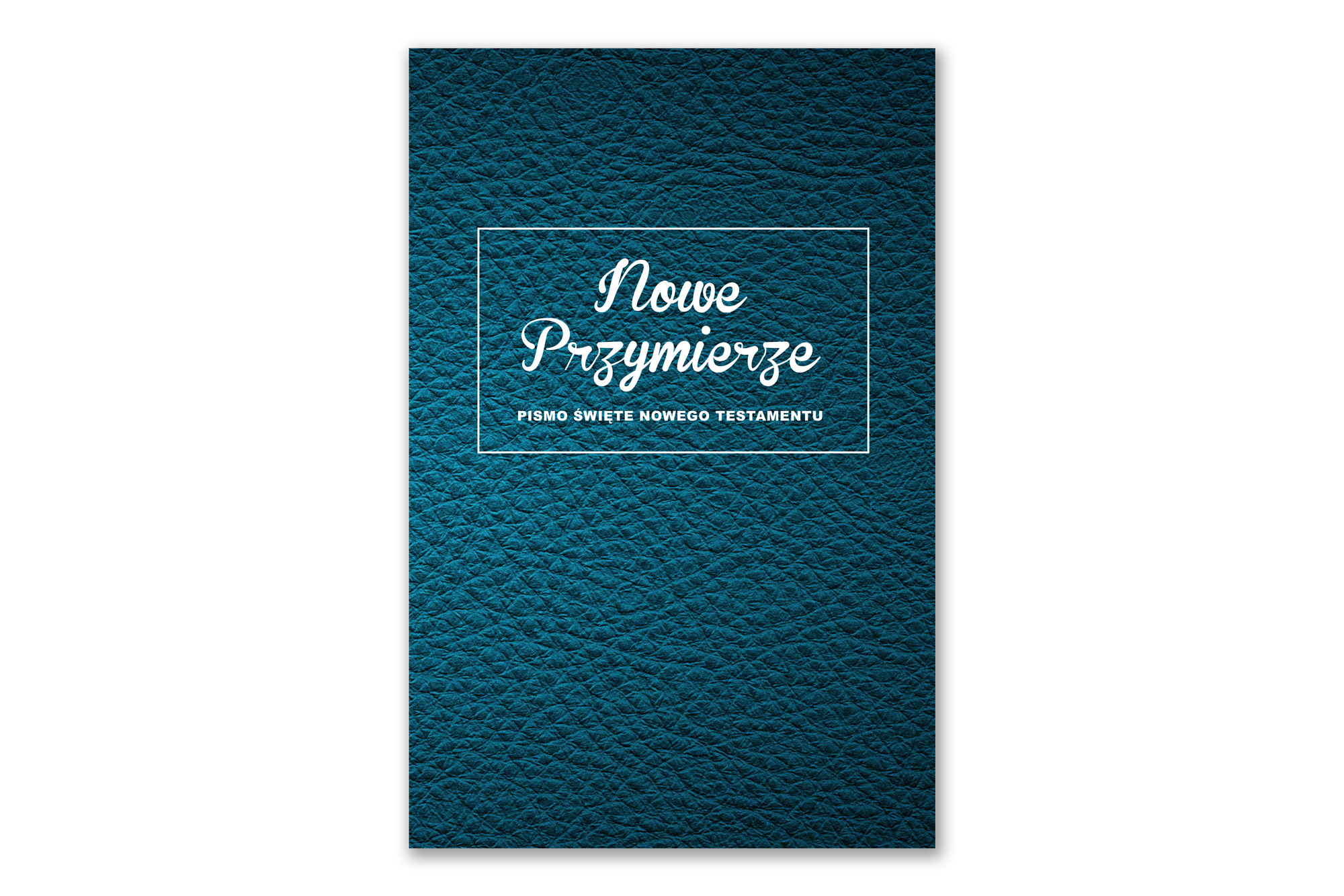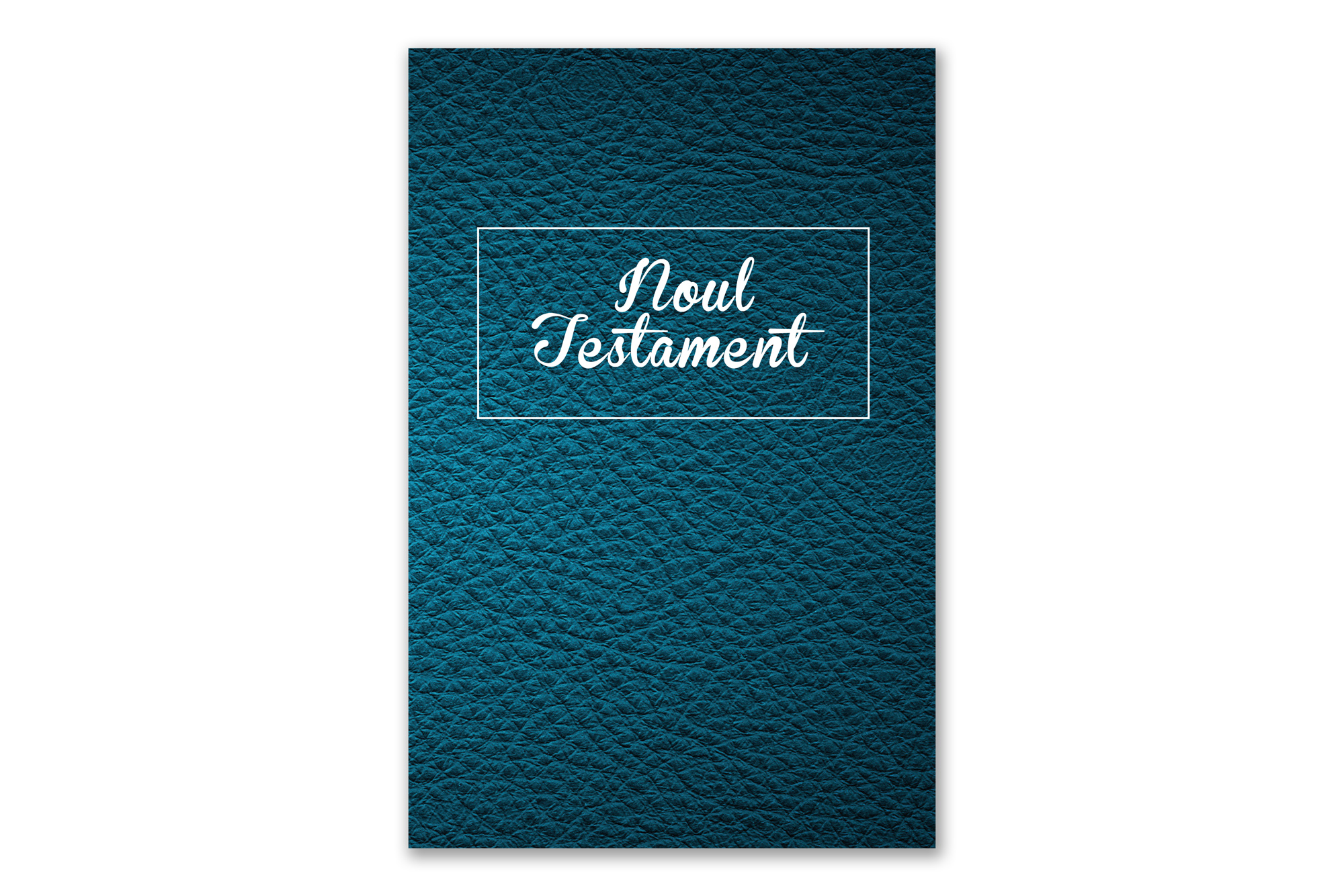New Testament
with lifestories
The New Testament with lifestories
for Biker, Metal, or Football enthusiasts.
Childreen books & - bibel
Giving the gospel to all the children of the world.
Many children around the world know
nothing or very little about Jesus Christ
and the gospel. Bible for the Nations
has set itself the goal of working
intensively in the coming years to
ensure that children receive the good
news of Jesus. We have developed a
completely new material for this.
"The Book of Jesus". The book of Jesus,
which tells the story of God's salvation in a child-friendly way,
is now available in 30 languages.
To this end, Bible for the Nations is
working on several projects to bring
the Gospel to the children.
Children are the top priority for our future.
The Jesus Storybook Olli Biker Bible Story
Bibles
Bibles and NT's in many languages of the world.
It's our unwavering mission to ensure that
the Bible and the New Testament are accessible to all individuals.
This is why we are dedicated to producing large print runs
in the languages spoken by these communities.
As a result, we print Bibles and New Testaments in languages like
Arabic, Tigrinya, Dari, Urdu, Farsi, Somali, and more.





